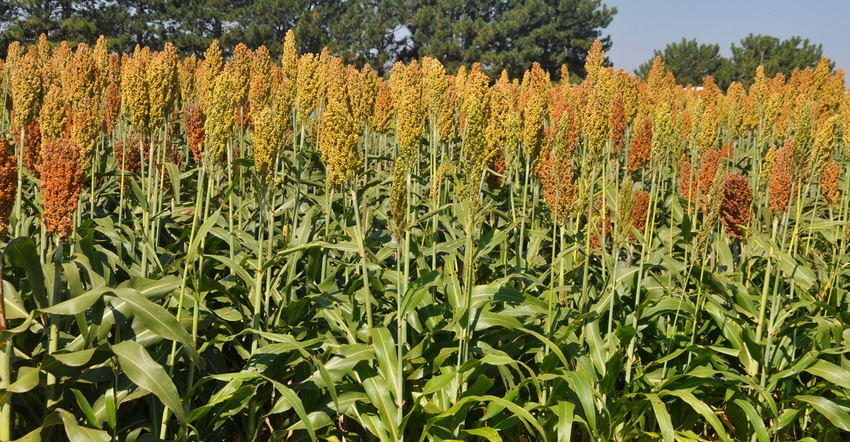July 3, 2017

I am constantly amazed by the ingenuity of farmers and those that live to serve them. From genetic breakthroughs that enable individual plants to serve as miniature bio-refineries, to tractors that drive themselves, American agriculture is on the cutting edge of technology. Why, then, have recent headlines related to precision ag adoption been so negative?
I believe the tools exist. We just have to put all the pieces together, so I would challenge everyone in agriculture — farmers, equipment dealers, risk managers — to dream big. Think back to the days of turning much of your land over each year with a moldboard, a couple of rows at a time. Now, look out over your farm. Think about how far we have come.
I specialize in risk. My role at National Sorghum Producers has always involved analysis, but since I took over managing NSP subsidiary Sustainable Crop Insurance Services full time, my day starts and ends helping farmers analyze and manage risk (often exorbitant amounts of risk). Amazing tools exist to aid farmers in better understanding and ultimately mitigating their risk.
Imagine walking out into your field to check a hotspot about which a satellite-based monitoring application had alerted you. Fortunately, you see the hotspot is really just a small weed outbreak where your spray rig had momentarily lost pressure. While remedying the outbreak by hand, you notice your crop is well above average. Your agronomist (who is currently on vacation) has been very conservative in his weekly reports of yield potential, and you conclude your risk profile has changed significantly.
Back in your office, you sit down and open your risk management application. After updating your yield projections, you switch over to look at your crop insurance guarantee compared to your costs of production. You will have a profitable year even with a late disaster, given your guarantee is well above current and projected costs, so you decide to use this headroom to market some of the additional production.
There are costs associated with these marketing maneuvers, but with profit guaranteed, the price you can lock in on the additional production could help make this year your best yet. You call your broker.
Many farmers think this level of risk management and marketing is unattainable with current tools. Many more feel such a scenario would be uneconomical even with the right tools. However, all of the tools I described are available today. Some are actually free. Our agency has a software developer on staff, so we provide a few ourselves. As I write this, our developer is coding away on a new internet browser-based risk management application a colleague and I originally built in a spreadsheet.
The application will help farmers visualize their current risk profile and also see how it might change given various price, production and cost projections. It will be an incredibly valuable tool for farmers looking to increase their understanding of risk, but it is only one tool in a growing arsenal. Farmers have always been early adopters of technology. How many early adopter consumers want to be among the first to own a self-driving car? How many of those would be shocked to learn satellites have been driving tractors for years (and now drive tractors more often than humans)?
We have the pieces of the puzzle. Join me in putting them together.
Cogburn writes from Abernathy, Texas. His Twitter handle is @nspchris.
About the Author(s)
You May Also Like




